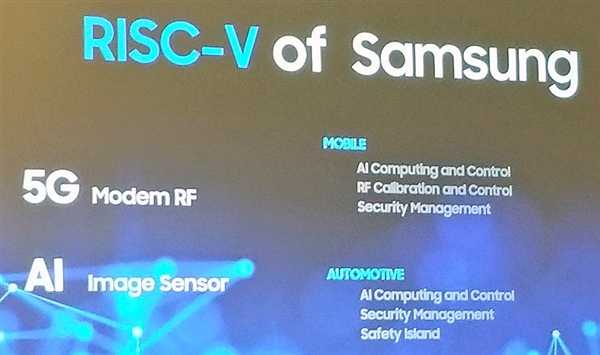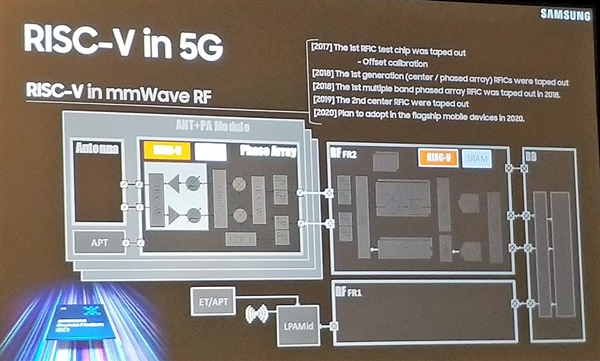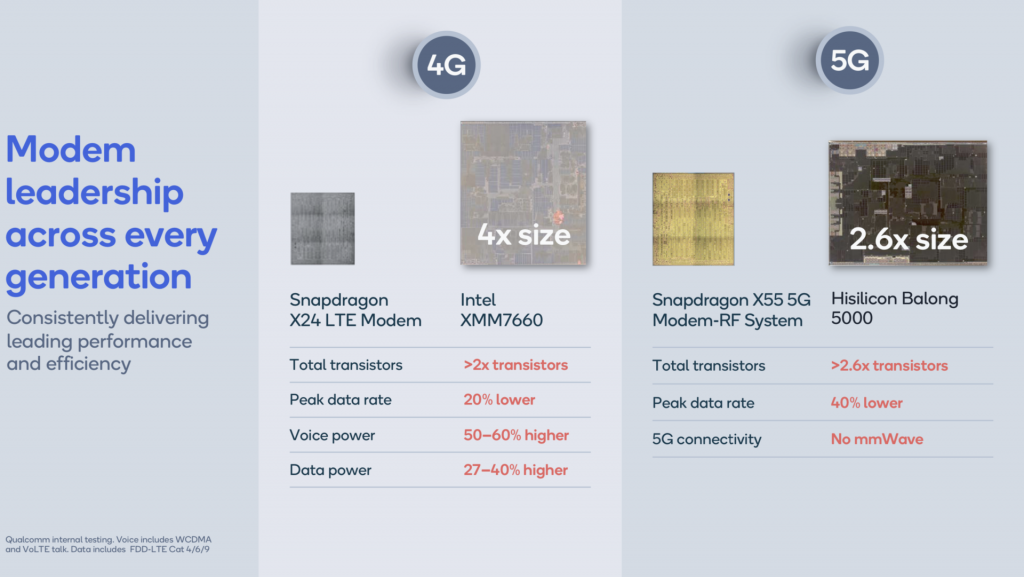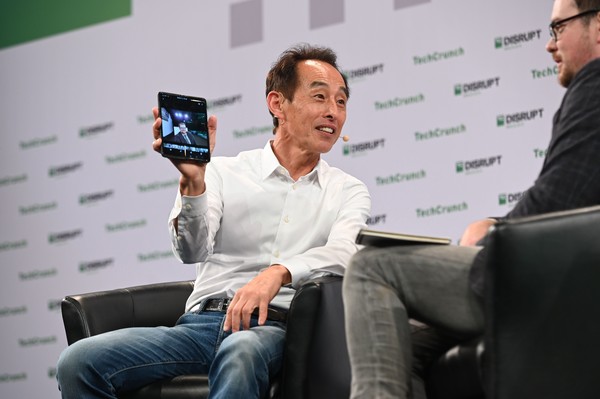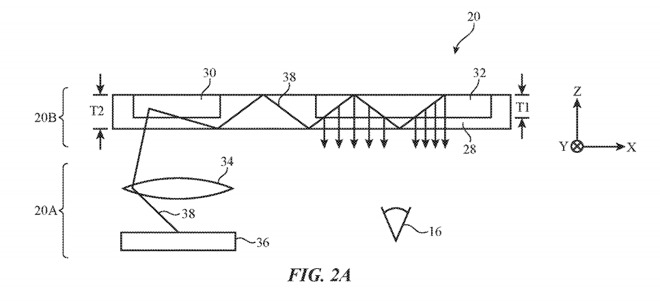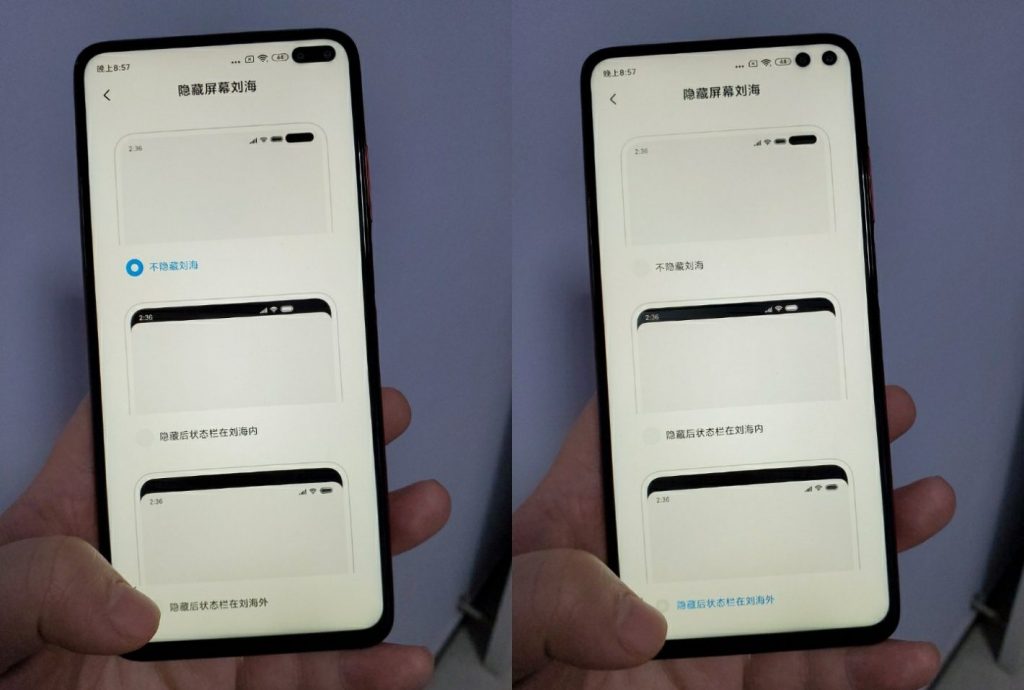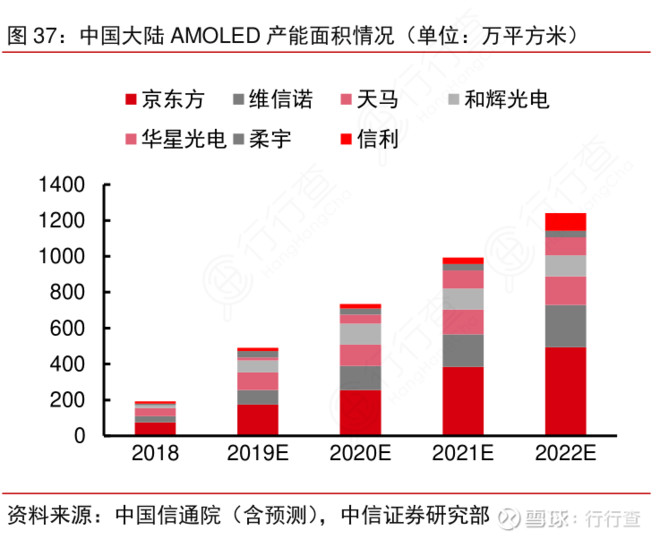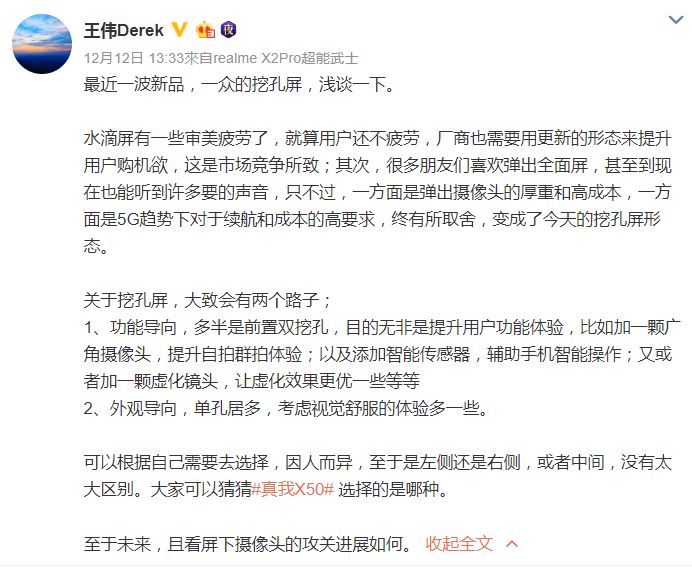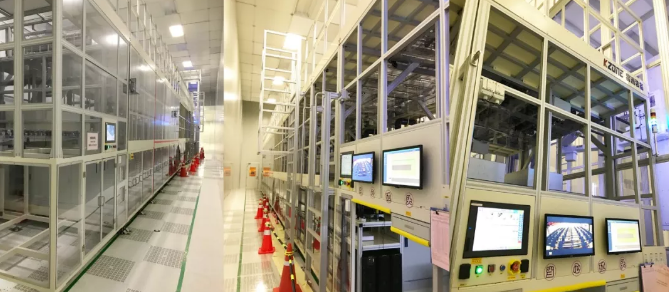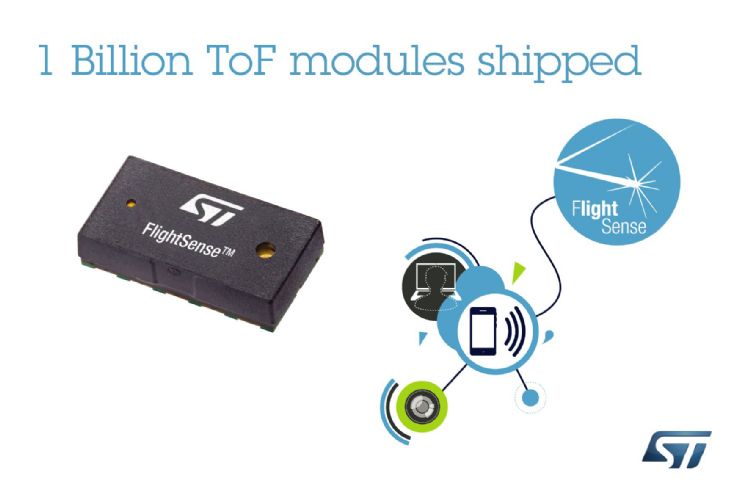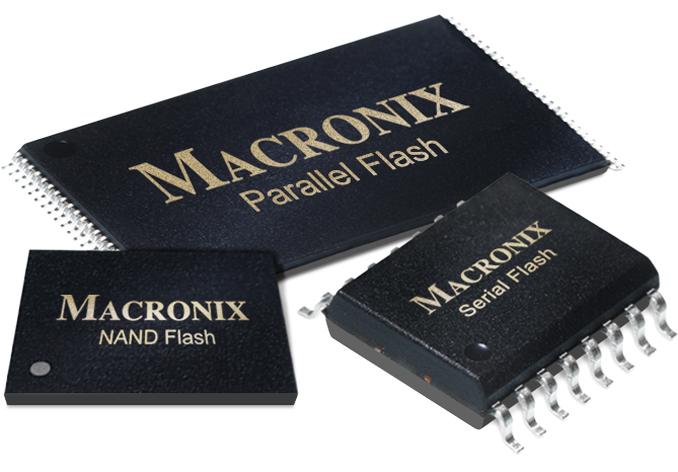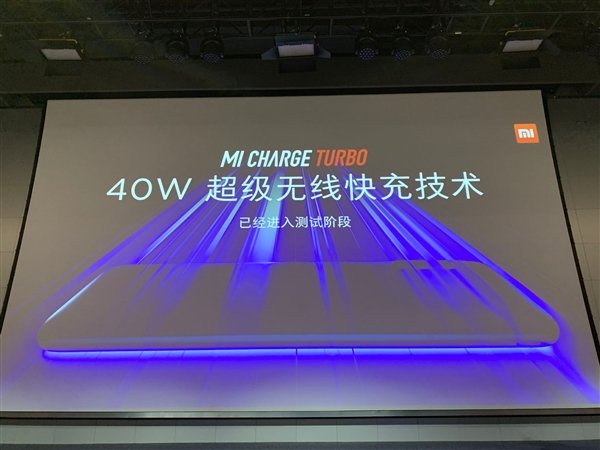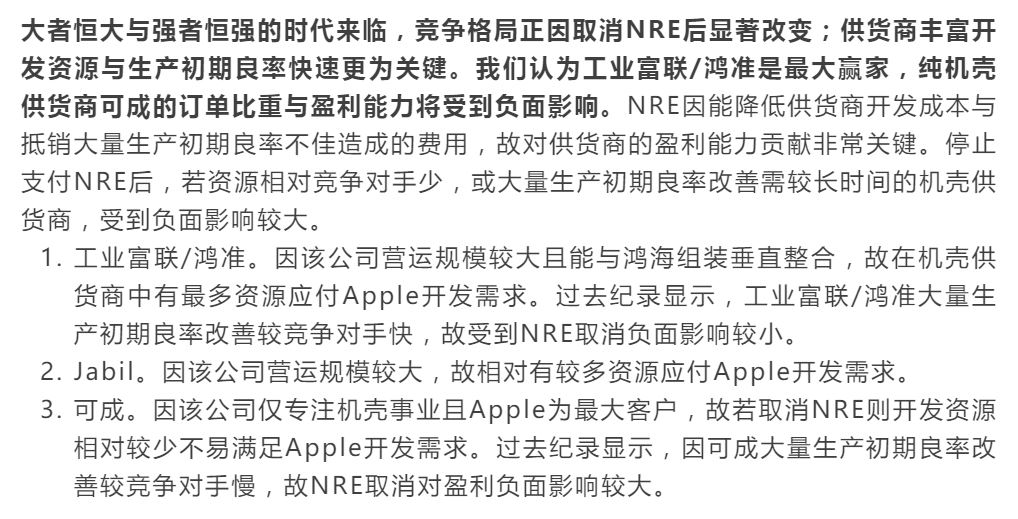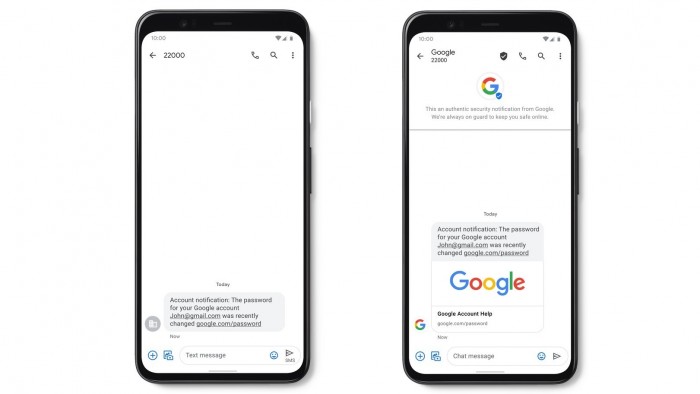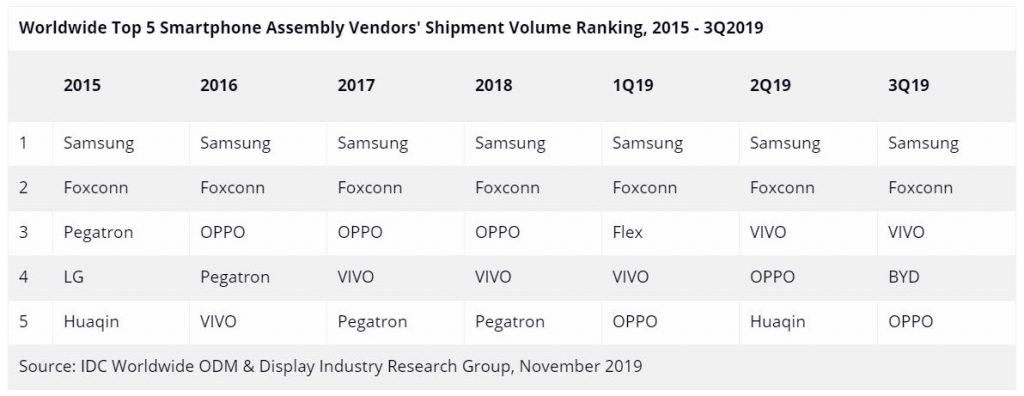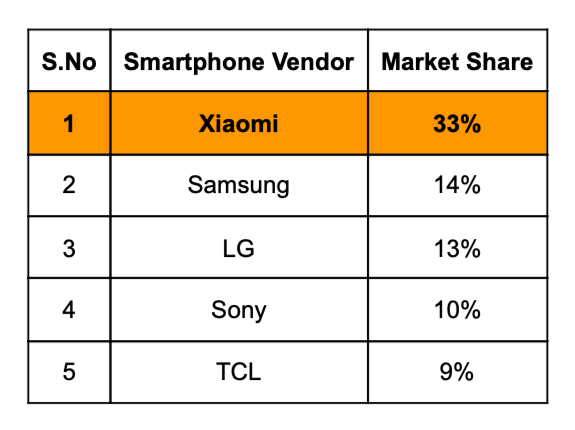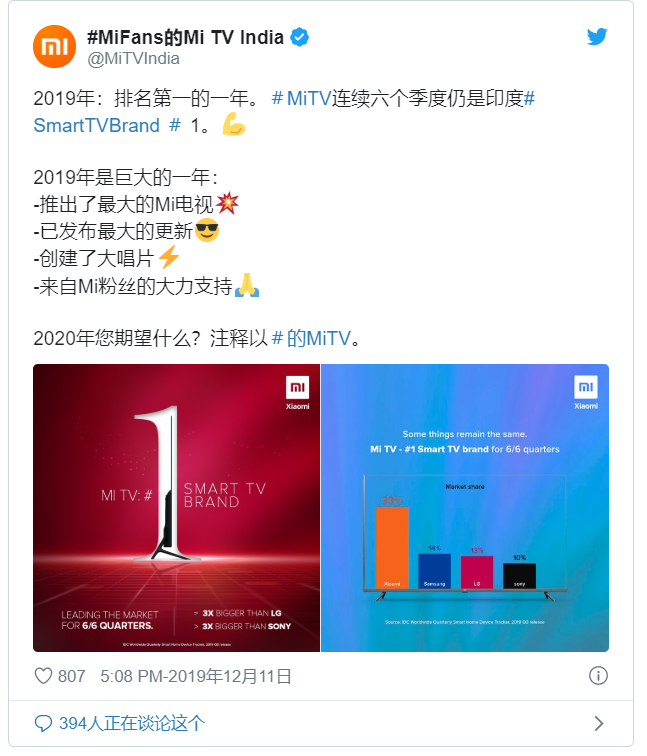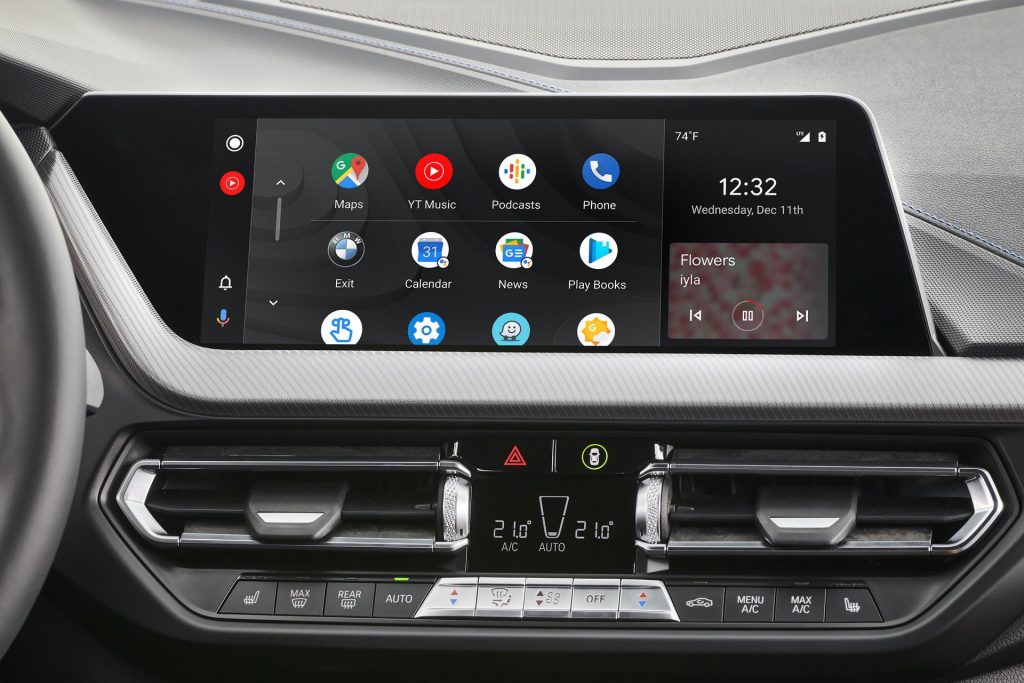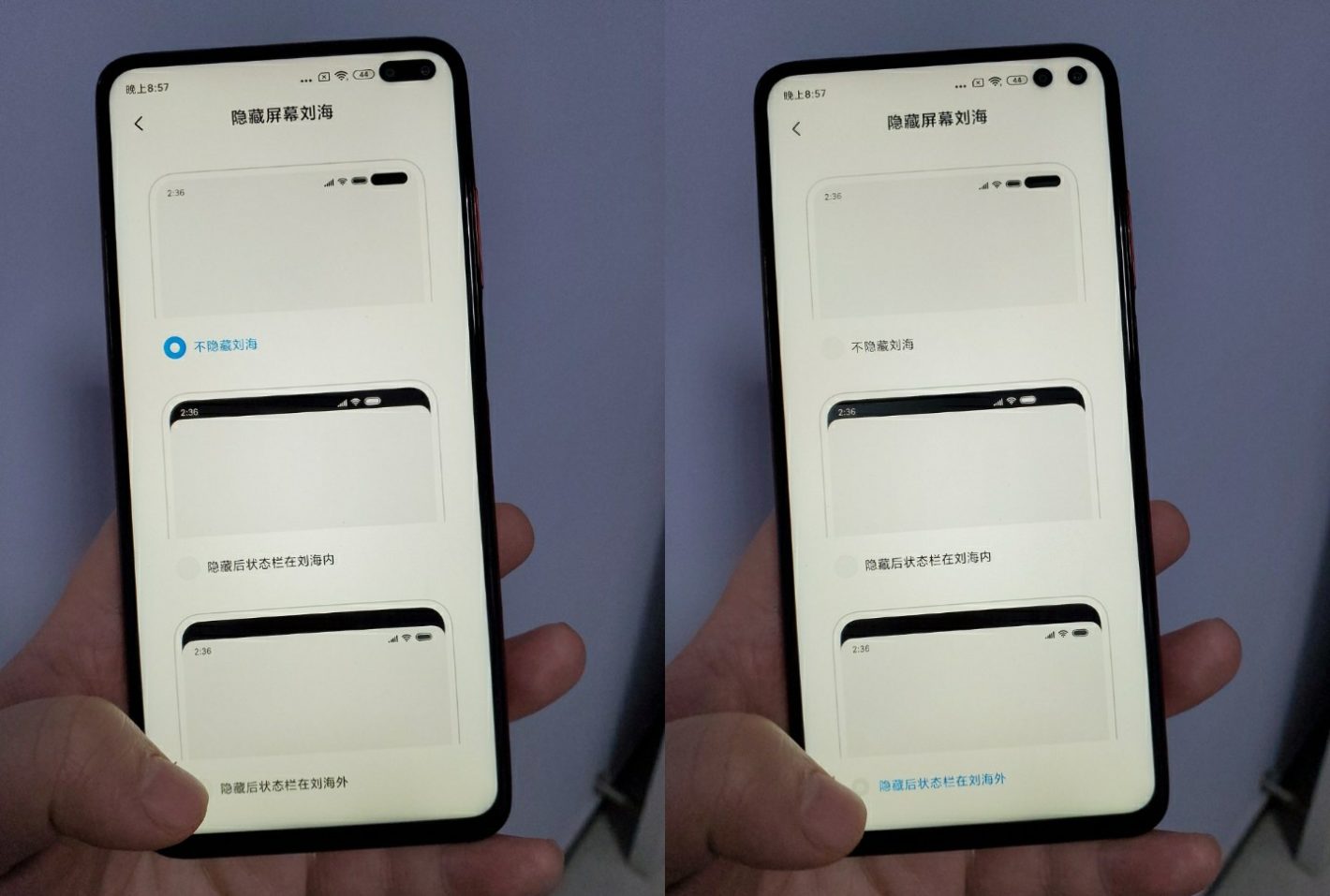
12-14: Apple has recently acquired Spectral Edge; Samsung Electronics will increase investment at its chip factory in China by USD8B; etc.
Chipsets
Samsung will be the 4th major company that has publicly disclosed its plans to adopt the open-source RISC-V architecture after Western Digital, NVIDIA, and Qualcomm. Western Digital intends to use the technology for a variety of applications, including SSD and HDD controllers. NVIDIA reportedly plans to use it for GPU memory controllers, whereas Qualcomm is set to use RISC-V for mobile SoCs. (CN Beta, AnandTech, The Register)
Qualcomm has announced they has reached a settlement with Apple. Moreover, they have obtained a USD4.7B license fee. Bank of America analyst Tal Liani has expected Qualcomm will receive an additional USD4B in revenue from Apple by the end of fiscal 2022. Qualcomm predicts that by 2022, global 5G smartphone shipments will exceed 750M units. Qualcomm has signed more than 75 5G contracts worldwide. These contracts will enable Qualcomm to generate revenues of USD2.3B~2.7B by the end of Jun 2020. (Seeking Alpha, GizChina, 36Kr, EXP Review, WCCFtech)
Touch Display
Samsung Electronics’ President Young Sohn has revealed the company had sold 1M foldable Galaxy Fold smartphones. Estimates from Oct 2019 pegged sales at that time at 500,000 units. (Android Central, TechCrunch, CN Beta, Sina)
Apple’s patent “Optical Systems for Displays” proposes the use of a system of waveguides to transfer light from an optical system to the user’s eyes. The waveguide replaces the displays, and is used to project an image into the user’s eyes with the redirected light. To assist the waveguide, input and output couplers could be used, with the input redirecting light from the display unit into the waveguide, while the output pushes light in the direction of the eye. (Apple Insider, USPTO)
Redmi K30 features 6.67” FHD+ IPS LCD display with two separate punch holes. There is a black bar masked through the software between the two lenses. (Android Headlines, Gizmo China)
China-based flat panel maker Tianma Microelectronics plans to convert its rigid AMOLED panel product lines at its Gen-6 line in Wuhan to the production of flexible applications, with the conversion to be completed in 1H20, according to Digitimes. (Digitimes, Xueqiu, Digitimes)
realme’s product director Derek Wang has indicated that one of the reasons for the shift from notch display to punch-hole display is aesthetic fatigue of the waterdrop notch by users and manufacturers alike. Thus, the change in design pattern is a way of attracting users’ attention and improve market competitiveness. Another reason he has adduced is the popularity of the pop-up camera design among users who love to have that immersive full-screen design unobstructed by a notch of any sort. However, the punch-hole design is the closest and cheapest way to achieve the notch-less design without using a pop-up camera design. (Gizmo China, IT Home, ZOL)
KZONE’s AMOLED mass production equipment has passed the Particle, Defect, CD and others validation tests. It has successfully gone online at their customer’s site in Wuhan, which is production lines for foldable and flexible AMOLED. It has also expanded to camera under display and other new technologies. (Laoyaoba, Xueqiu)
Panasonic has announced that it has developed tempered vacuum insulated glass and another vacuum insulated glass with transparent pillars that it has successfully put into practical use for the first time in the industry. (Laoyaoba, Panasonic)
Novatek will continue to lead the TDDI market in 2020, especially the non-Samsung OLED camp. UMC is using all 55 / 65nm and 80 / 90nm production capacity to produce TDDI, which also confirms that the TDDI market is picking up. UMC has increased the TDDI prices of all customers except Novatek. Thus, UMC does not rule out expanding more business, such as 28nm OLED DDIC. (Laoyaoba, Yahoo, China Times, Apple Daily)
Camera
Apple has recently acquired Spectral Edge, a UK-based startup focused on improving smartphone photography through machine learning technology. The firm has developed and refined a mathematical technique for improving smartphone photos. (Apple Insider, Bloomberg, Seeking Alpha, CN Beta)
While ToF (time of flight) 3D sensing technology is mostly used in rear cameras of smartphones and facial recognition currently, it has potential of being used in autonomous driving, smart retail and smart manufacturing, according to technical marketing manager Jerry Chang at Imaging Division under STMicroelectronics. The company has announced that its ToF module shipment has reached 1B units, and has been adopted by more than 150 smartphone models. (Digitimes, press, Digitimes, press, Digitimes)
Memory
Samsung Electronics will increase investment at its chip factory in China by USD8B to boost production of NAND flash memory chips. In 2017, Samsung announced that it would invest USD7B over 3 years in its Xi’an plant that produces NAND flash memory chips. Those investment phases follow an earlier USD10.8B investment into a testing and packaging plant in Xi’an. (My Drivers, NY Times, CNA, Reuters)
Macronix International is poised to kick off commercial shipments of 48-layer 3D NAND flash chips in 2H20, followed by volume shipments of 96-layer 3D NAND products in 2021, according to company chairman Miin Wu. (Digitimes, AnandTech, Taipei Times, Macronix, CN Beta)
Biometrics
Goodix Technology is set to ramp up shipments of its optical in-display fingerprint sensors in 2020, and has reportedly reserved sufficient 8” fab capacity from TSMC, according to Digitimes. (Digitimes, Yahoo)
Battery
Lu Weibing, President of Xiaomi Group China and General Manager of Redmi, has indicated that the company is initially a little behind other smartphone manufacturers in the past but are now catching up for fast charging technology. However, Xiaomi’s CEO and chairman Lei Jun has further elaborated that the company now showing promise in the field and is already one of the leaders in terms of wireless charging. Xiaomi is reportedly working on a 40W Super Wireless Flash charging. (Gizmo China, My Drivers, Sohu, Moore)
Material
TF International Securities analyst Ming-chi Kuo has indicated that Apple aims to offset the cost of 5G by reducing its supply chain expenses, potentially including dropping its upfront non-recurring engineering payment to suppliers of the redesigned metal chassis and frame for 5G iPhones. He believes that compared with 4G models, the cost of supporting Sub-6Ghz and Sub-6GHz+mmWave models is expected to increase by USD30-50 and USD80-100, respectively. (Laoyaoba, TF Securities, Mac Rumors)
Phone
Google is adding and expanding security-focused features to its Android Messages app. “Verified SMS” involves Google working with “trustworthy” businesses to ensure that text messages they send to customers are clearly labeled as legitimate. (GSM Arena, CN Beta, Google, VentureBeat, ZDNet)
According to IDC, smartphone ODM/EMS assembly shipment volumes increased 7.6% quarter over quarter during 3Q19 with total shipments of 358M units. The increase was largely the result of tier-one vendors moving quickly into lower-priced markets worldwide. In order to get a cost advantage for low-tier product lines and to keep internal R&D resources for 5G smartphones, Samsung, LG, Nokia, and OPPO are increasing ODM percentages. (IDC, IDC)
Home
According to IDC, Xiaomi is leading the Indian smart TV market, with about 33% of market share in 3Q19. Following Mi TV range in India in the second spot is Samsung with a market share of 14%. (Gizmo China, Laoyaoba, Fone Arena)
Citizen has launched Citizen Smart Clock, which features a cream-colored face covered with protective glass and surrounded by a silver frame. The model works with Echo devices in order to manage the time using Amazon Alexa personal assistant. (CN Beta, SlashGear)
Automotive
BMW has announced to start integrating Android Auto into its cars starting in Jul 2020. Android Auto will appear on all BMW vehicles equipped the 7.0 version of the company’s in-car software (iDrive) and the company’s “Live Cockpit Professional” hardware. (The Verge, Ars Technica, BMW Blog, CN Beta)
Waymo has acquired Latent Logic, a U.K. company that spun out of Oxford University’s computer science department. Latent Logic could help Waymo make its simulation more realistic by using a form of machine learning called imitation learning. (TechCrunch, The Guardian, Forbes)
Lyft has announced a new service called Lyft Rentals, which allows users to rent cars for up to two weeks. Lyft Rentals will initially be available only in Los Angeles and the San Francisco Bay Area. (CN Beta, CNN, The Verge, Lyft)
